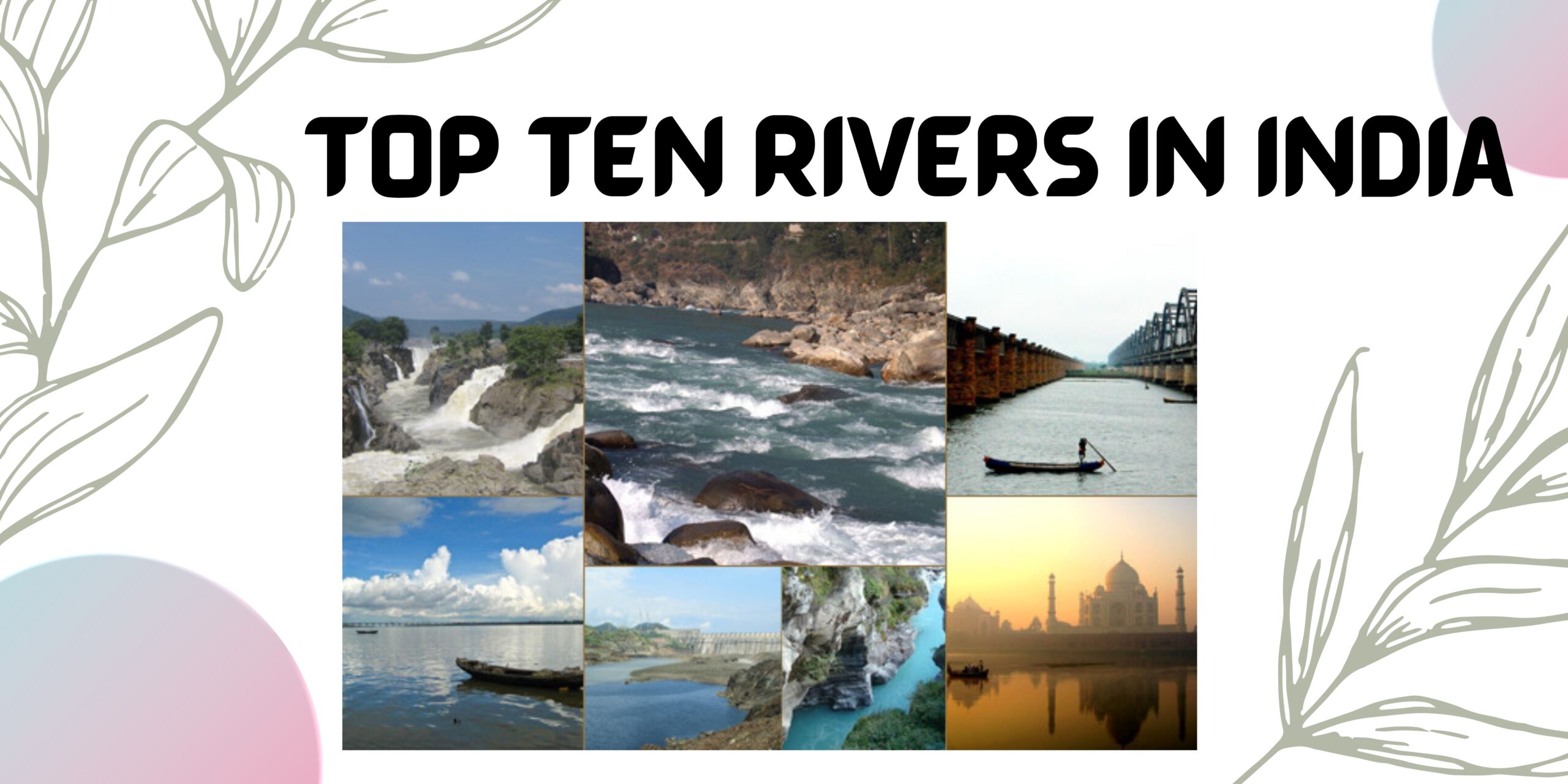India is blessed with a vast network of rivers, each of which plays a vital role in the country’s geography, culture, and economy. Here’s a list of the top ten rivers in India, along with brief descriptions of their significance:

1.Ganges (Ganga): The Ganges is the holiest river in India and holds immense religious significance for Hindus. It originates from the Gangotri Glacier in the Himalayas and flows through northern India, including cities like Varanasi and Haridwar, before emptying into the Bay of Bengal. Pilgrims flock to its banks to perform religious ceremonies, and it is believed that a dip in the Ganges can cleanse one’s sins. However, the river faces pollution challenges and is a focus of conservation efforts.
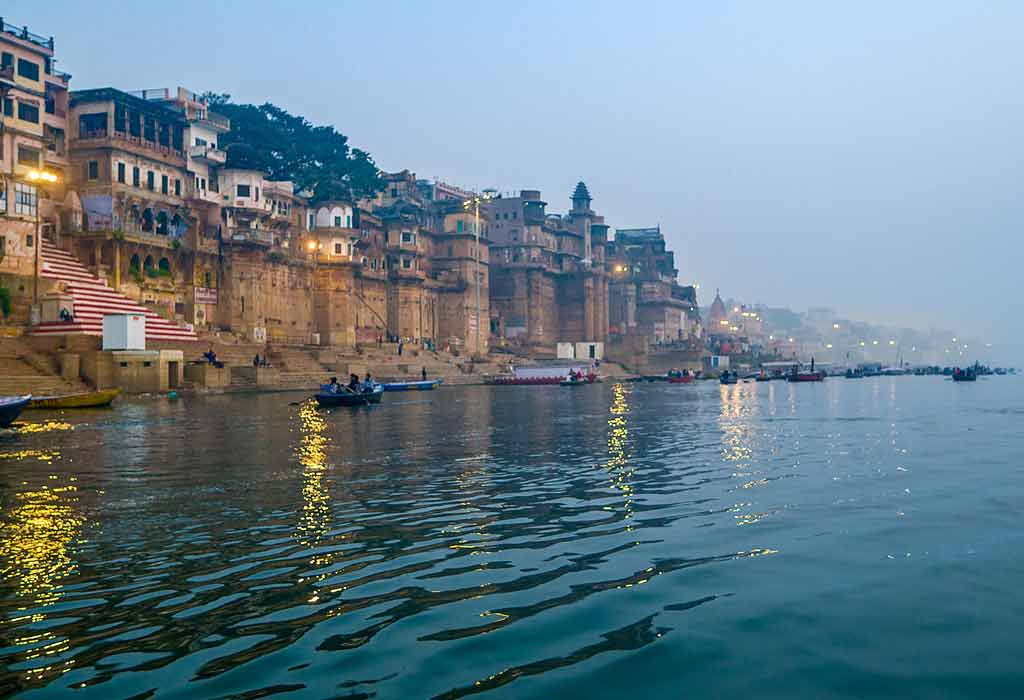
2.Yamuna: The Yamuna is one of the major tributaries of the Ganges and flows through the northern plains of India. It passes through the capital city, New Delhi, and the historic city of Agra, where the Taj Mahal is situated. Like the Ganges, the Yamuna is considered sacred by Hindus. Unfortunately, it also faces pollution issues, primarily due to industrial and urban waste.
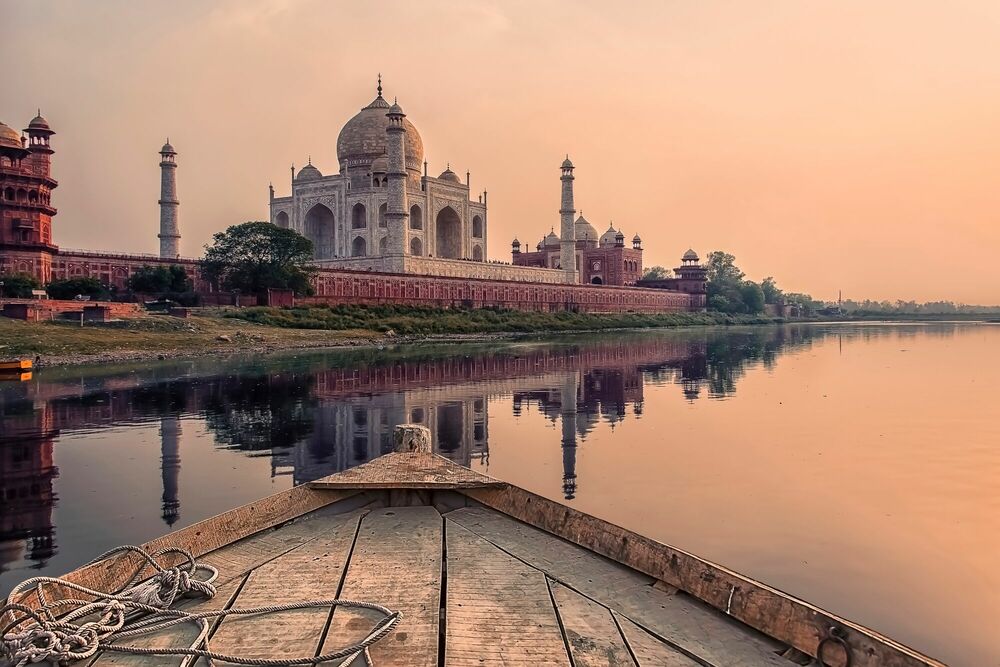
3.Brahmaputra: The Brahmaputra is one of the major rivers in India, originating in Tibet and flowing through the northeastern region. It enters India through Arunachal Pradesh and flows through Assam, where it is known as the “Lifeline of Assam” due to its crucial role in agriculture and transportation. The river is known for its breathtaking beauty and is home to diverse wildlife.
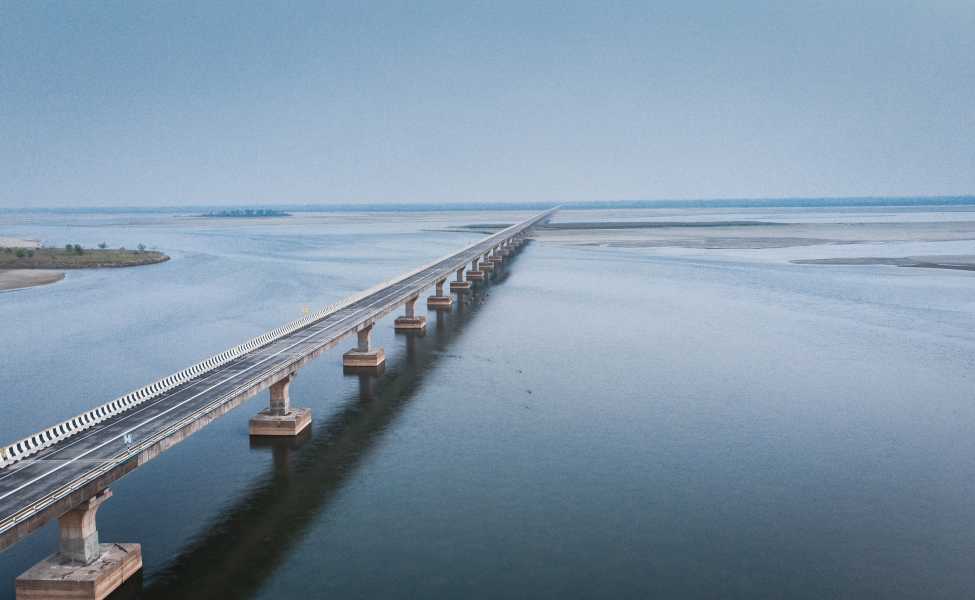
4.Godavari: The Godavari is the second-longest river in India, originating in the central state of Maharashtra and flowing across the Deccan Plateau. It is often called the “Ganga of the South” and holds religious significance. The Godavari supports extensive agriculture, and its delta region is known for its lush greenery.
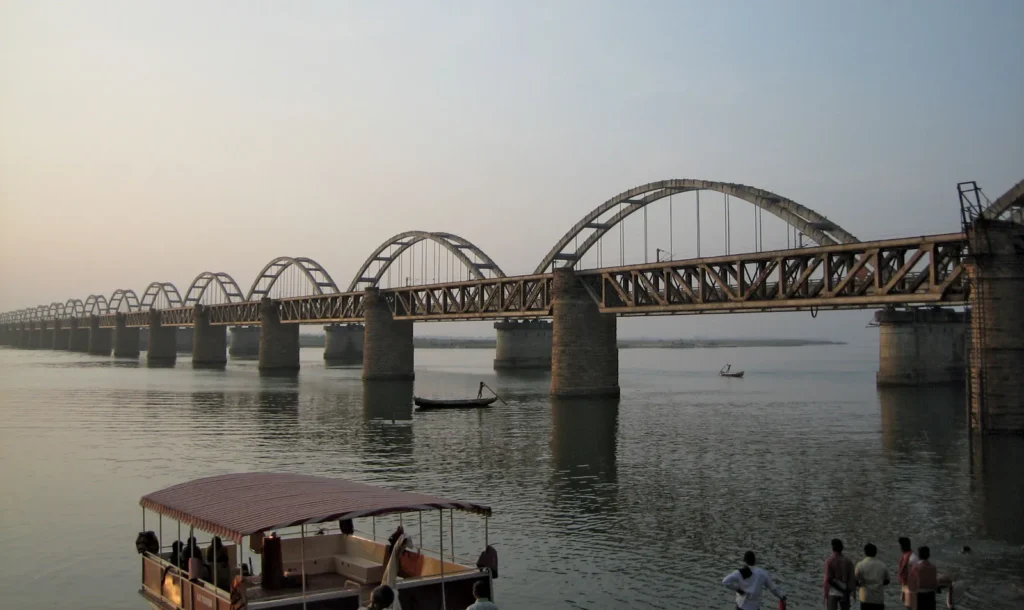
5.Krishna: The Krishna River originates in the Western Ghats and flows through the southern states of Maharashtra, Karnataka, and Andhra Pradesh before emptying into the Bay of Bengal. It is essential for irrigation, and the Krishna Basin is known for its agricultural productivity. The river has also been harnessed for hydroelectric power generation.
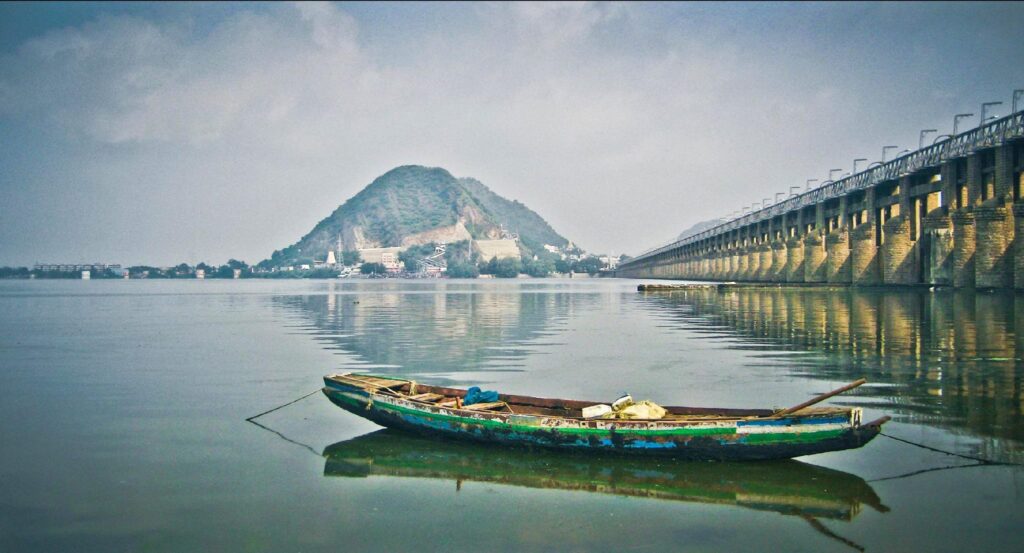
6.Narmada: The Narmada River flows through central India, originating in the Amarkantak Plateau of Madhya Pradesh. It is one of the few rivers in India that flows from east to west, ultimately emptying into the Arabian Sea. The Narmada has a significant role in Indian mythology and supports agriculture and industries along its course.
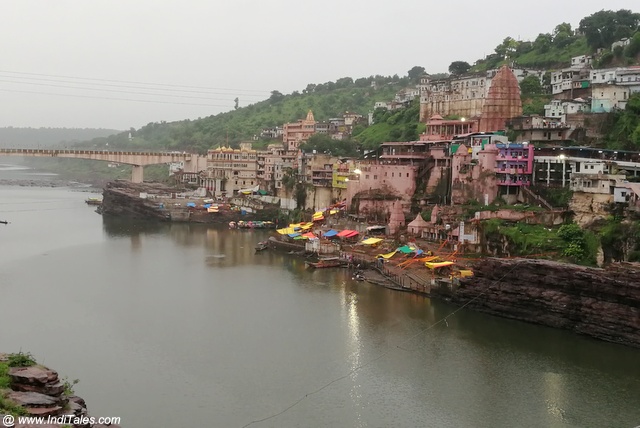
7.Cauvery (Kaveri): The Cauvery River originates in the Western Ghats and flows through the southern states of Karnataka and Tamil Nadu. It is known for its scenic beauty and fertile delta regions. The river has been a source of dispute between the two states over water-sharing agreements.
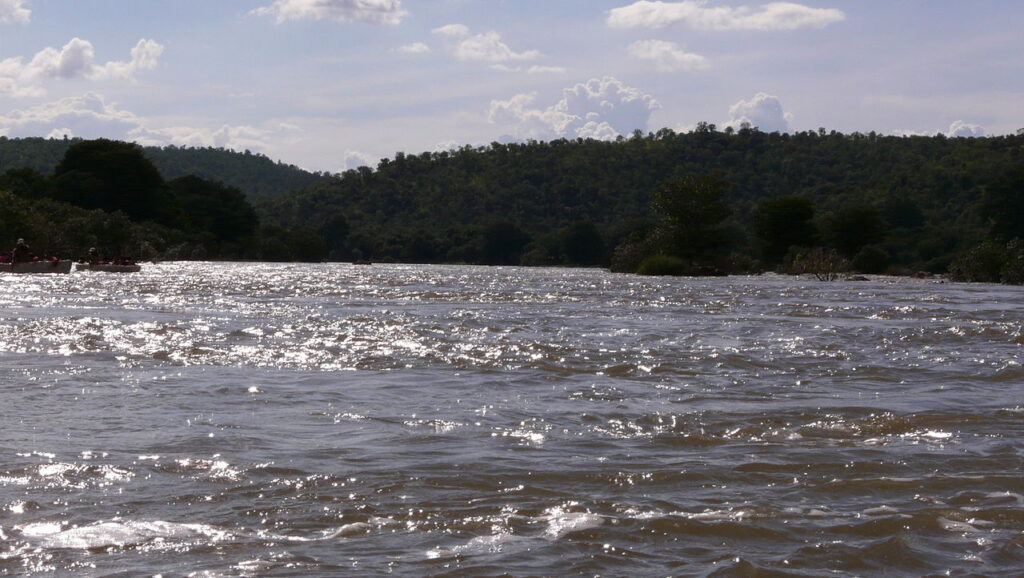
8.Mahanadi: The Mahanadi River flows through the eastern state of Odisha and Chhattisgarh. It is vital for agriculture and supports a vast delta region. The Hirakud Dam on the Mahanadi is one of the longest dams in the world and plays a crucial role in flood control and irrigation.
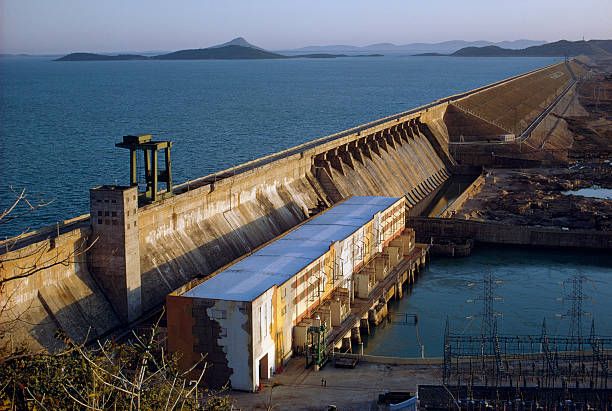
9.Tapti: The Tapti River flows through central India, originating in the Satpura Range of Madhya Pradesh and flowing westward through Maharashtra and Gujarat before emptying into the Arabian Sea. It is relatively shorter but important for agriculture and industrial use.
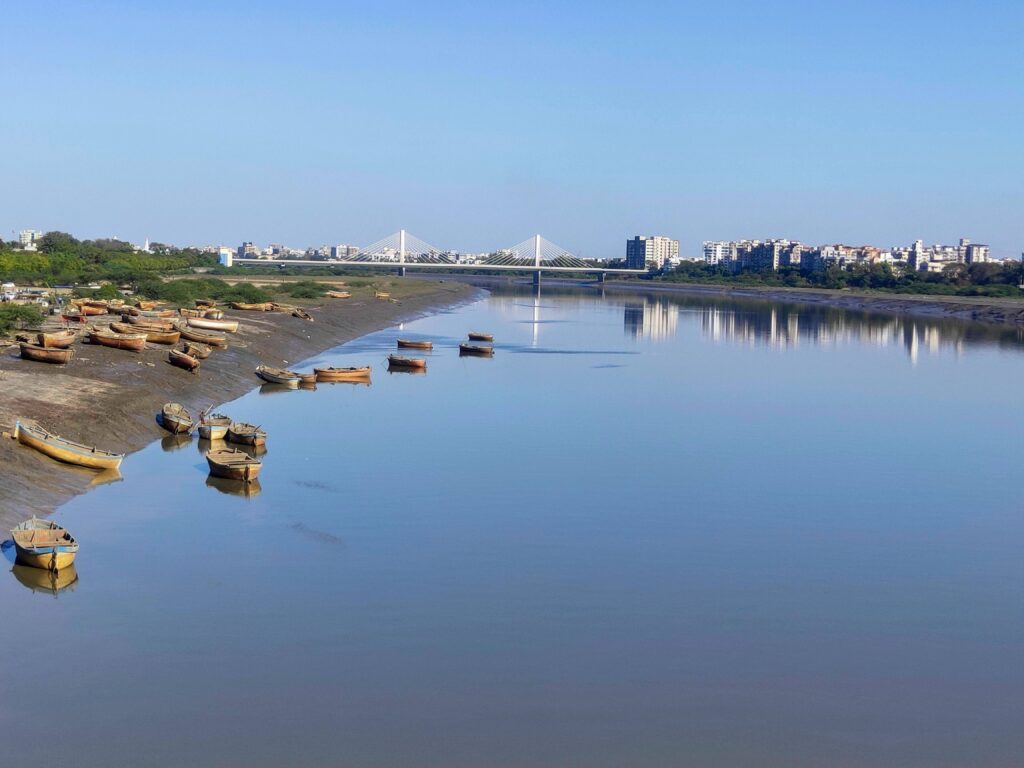
10.Sutlej: The Sutlej River originates in Tibet and enters India through Himachal Pradesh, flowing through Punjab and Haryana before merging with the Indus River in Pakistan. It plays a vital role in irrigation and hydroelectric power generation in the northern regions of India.

These rivers are the lifelines of India, serving as sources of water for agriculture, industry, and daily life. They also have cultural, religious, and ecological significance, making them integral to the country’s identity and sustainability. However, many of these rivers face pollution and environmental challenges, necessitating concerted efforts for their conservation and protection.







